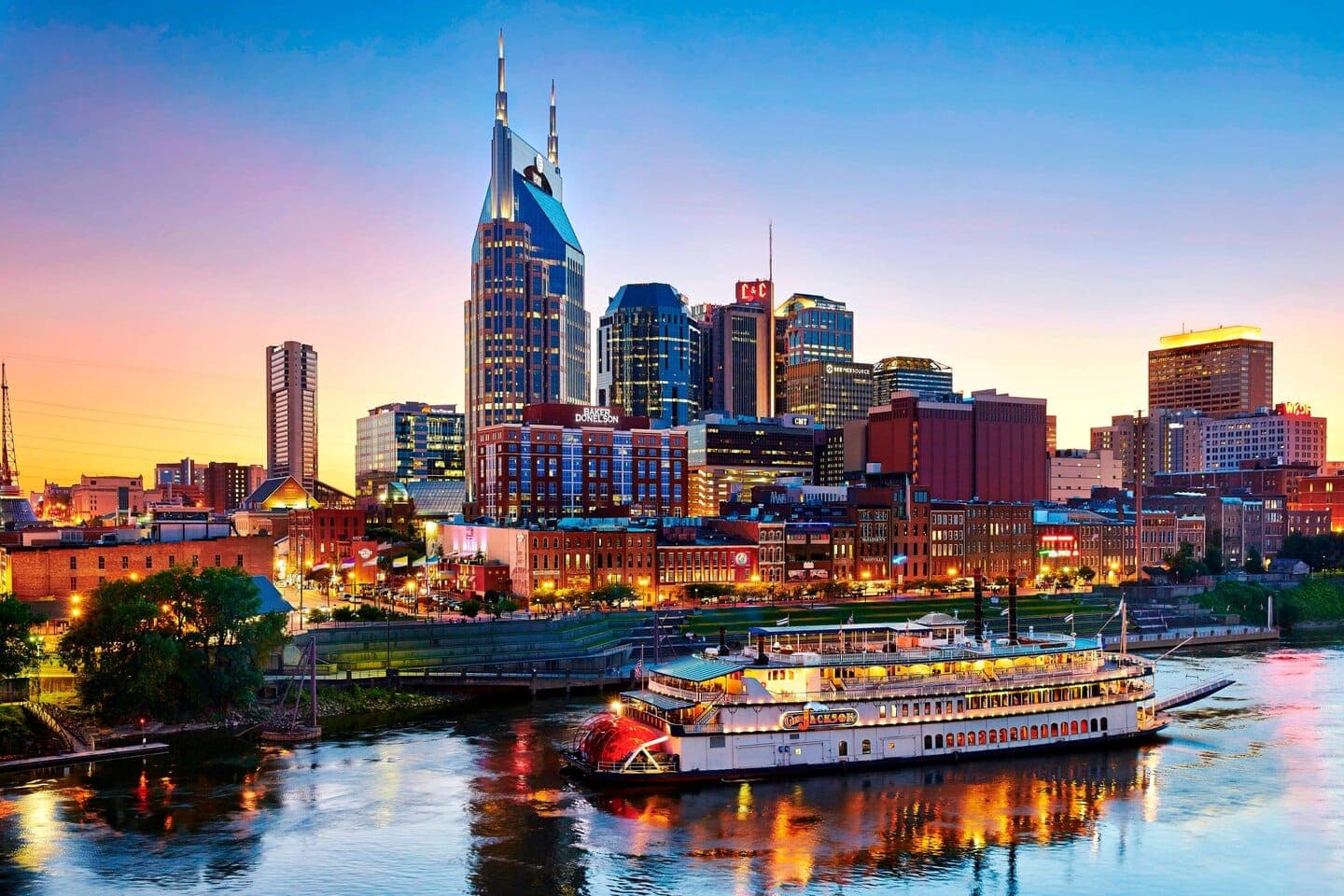
Rhinoplasty Swelling: What Nashville Patients Should Know
Swelling after rhinoplasty can catch patients off guard — even when they know it’s coming. Whether you're just beginning to research nose surgery or counting down the days until your cast removal, understanding the swelling timeline can help ease anxiety and keep your expectations grounded.
Why Swelling Happens
Rhinoplasty reshapes bone, cartilage, and soft tissue — all of which trigger inflammation. This is your body’s natural way of healing. While some puffiness subsides quickly, the rest fades gradually over several months, especially around the nasal tip and bridge.
Typical Swelling Timeline After Rhinoplasty
- Week 1: When the cast is removed, the nose often appears wide and swollen. Don’t panic — this is completely normal.
- Weeks 2–3: Noticeable swelling starts to go down, but the tip may still look round or feel firm.
- 1 Month: Patients with thicker skin may see slower progress, particularly around the tip and nostrils.
- 3 Months: About 60–70% of swelling typically resolves, and the nasal contour begins to refine.
- 6–12 Months: Subtle swelling — especially at the tip — continues to improve. Full results may take a year or longer.
How to Reduce Swelling After Rhinoplasty
While you can’t rush healing, there are ways to support it:
- Sleep with your head elevated (even during naps)
- Avoid spicy foods, alcohol, and direct heat
- Stick to a low-sodium, anti-inflammatory diet
- Use arnica or bromelain supplements if approved by your surgeon
- Avoid wearing glasses for at least 4–6 weeks
- Follow all post-rhinoplasty care instructions closely
What’s Normal — And What’s Not
✔ It’s normal for the tip to feel numb or hard to the touch
✔ The nose may look larger than expected early on
✘ New asymmetry that develops suddenly may need evaluation
✘ Redness, warmth, or discharge can indicate infection — call your surgeon
What Real Swelling Looks Like
Many ABPS-certified rhinoplasty surgeons in Nashville offer recovery photo galleries showing results at key milestones: 1 week, 1 month, 3 months, and beyond. Seeing these staged photos helps patients visualize the healing process and feel more confident during early swelling.
Choosing a Surgeon in Nashville
When selecting a rhinoplasty specialist, look for:
- Board certification (ABPS)
- Aesthetic results that match your vision
- Clear healing photos — not just final results
- Personalized pre- and post-op guidance
Right now, the average Rhinoplasty cost Nashville patients pay is $9,950, with most quotes sitting between $7,200 and $13,400, depending on surgeon, facility and add-ons.
Price-Range Breakdown (Low $7.2k → High $13.4k)
| Cost Driver | Typical Range | What to Know |
|---|---|---|
| Surgeon’s Fee | $5,500 - $9,800 | Board-certified plastic or facial surgeons may charge more for revision cases or advanced nasal work. |
| Anesthesia | $900 - $1,500 | Most rhinoplasties require general anesthesia for comfort and precision |
| Facility | $800 - $1,600 | AAAASF-accredited suites cost less than full hospital operating rooms |
| Surgical garments & meds | $250 - $500 | Includes nasal splints, saline spray, gauze, antibiotics, anti-nausea meds, and pain relief |
Source: 2025 Realself Cost Survey, ASPS 2024 Stats Nashville dataset (31 board-certified
Sources:
- American Society of Plastic Surgeons – Recovery Timeline
- RealSelf – Patient Recovery Diaries
- PubMed – Healing and Swelling After Rhinoplasty